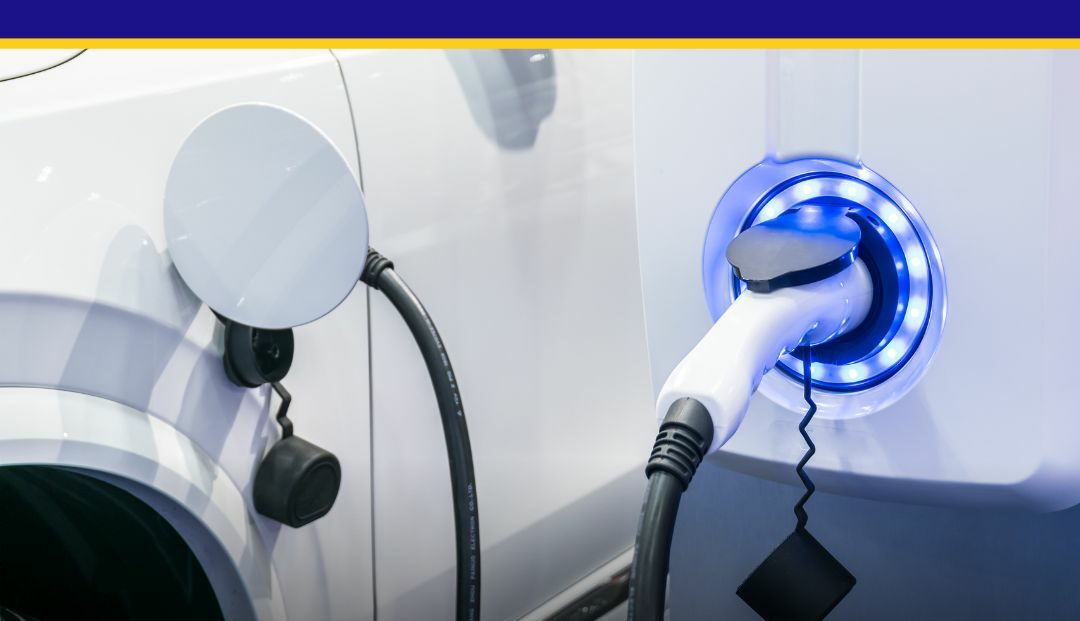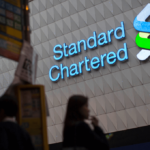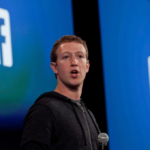In a move that heralds cooperative competition in the electric vehicle (EV) industry, Tesla has agreed to open up its expansive North American charging network to rival General Motors (GM). The collaborative agreement was announced by Tesla CEO Elon Musk and GM Chief Mary Barra, marking a significant stride in EV accessibility.
Mirroring a recent partnership between Tesla and Ford, this new agreement will allow GM vehicle owners to utilize Tesla’s network of 12,000 Superchargers. This collaboration enhances the charging accessibility for GM vehicles, significantly reducing ‘range anxiety’—the fear of running out of charge—that consumers often express.
Starting in 2024, an adapter will be required for GM vehicles to access Tesla’s network. However, GM’s forward-looking strategy plans for their vehicles manufactured from 2025 onward to have direct compatibility with the Tesla Supercharger network, eliminating the need for an adapter.
Also Read: Instagram’s Forthcoming AI Chatbot: Interactive, Personalized, and Potentially a Game-Changer
In a Twitter Spaces conversation, Barra cited the partnership as an opportunity to enhance the customer experience and set a new industry standard. She expressed that the agreement could assuage consumer fears of not having access to charging stations, particularly during long journeys.
Musk, expressing enthusiasm over the partnership, highlighted that the goal was to create a fantastic EV experience for both GM and Tesla vehicle owners. In his words, “It’s just really making a fantastic electric vehicle experience whether somebody is driving a car from GM or from Tesla.”
Earlier in February, Musk had committed to making Tesla’s US charging network accessible to other EV brands following negotiations with the White House. In line with that pledge, Tesla plans to open at least 7,500 chargers nationwide to non-Tesla EVs by the end of 2024.
This pioneering collaboration between GM and Tesla underlines the companies’ shared commitment to driving forward electrification and improving the EV user experience. It’s a tangible step towards overcoming barriers to EV adoption and establishing a standard infrastructure that spans multiple brands.
This news is based on a report by MalayMail.
















